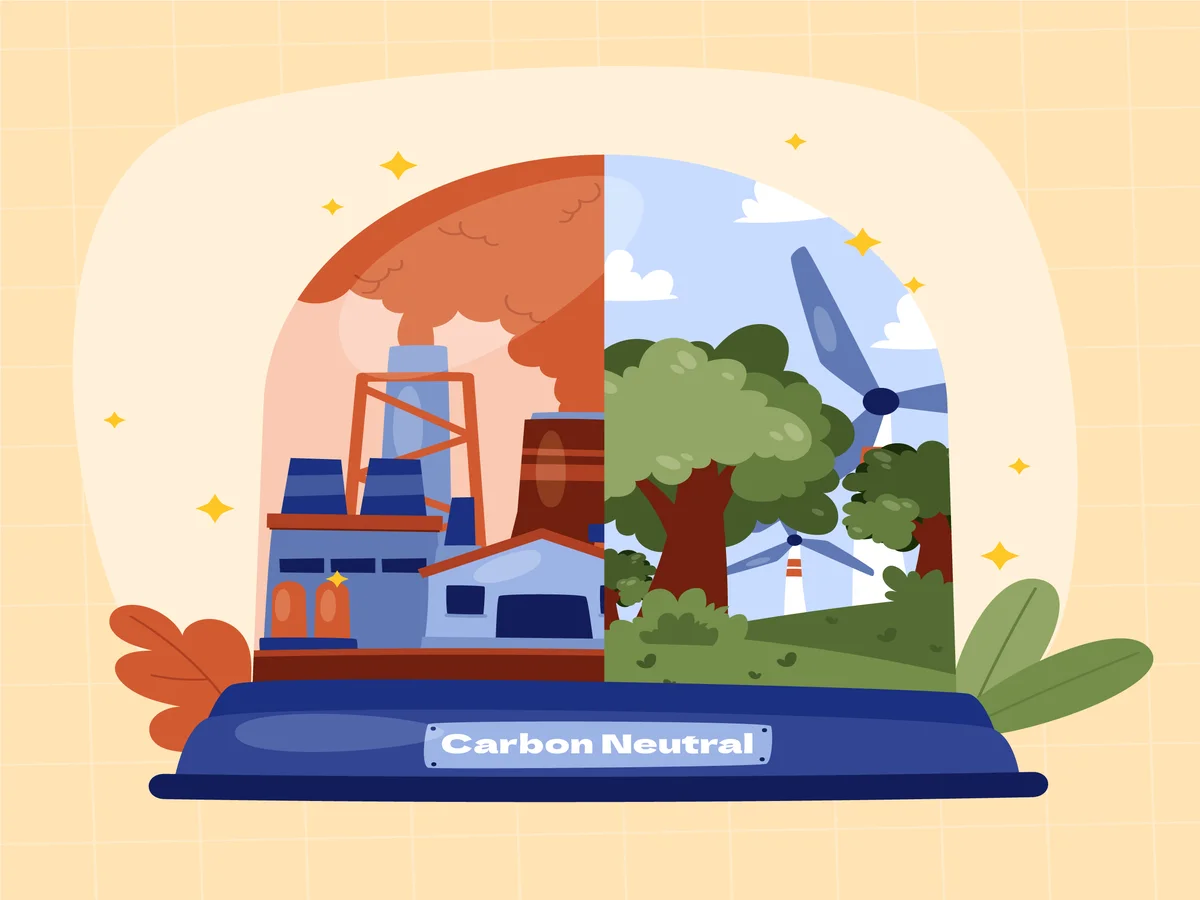How To Tackle The Climate Crisis With Carbon Capture & Storage? All You Need To Know

In the face of escalating climate change, Carbon Capture and Storage (CCS) stands as a critical tool in the arsenal against rising carbon dioxide emissions. It’s a multifaceted approach that involves capturing CO2 emissions from various sources like power plants and industrial facilities, transporting it to storage sites, and securely trapping it underground. Here’s a comprehensive look at CCS and its role in combating the climate crisis.
Understanding Carbon Capture & Storage (CCS)
1. Capture: The first step involves capturing CO2 emissions from large point sources like power plants, cement factories, and refineries. Various capture technologies exist, including post-combustion capture (extracting CO2 after burning fossil fuels), pre-combustion capture (capturing CO2 before burning), and oxyfuel combustion (burning fossil fuels in oxygen instead of air for easier CO2 capture).
2. Transportation: Once captured, the CO2 needs transportation to suitable storage sites. Pipelines are the primary mode of transport, similar to existing natural gas pipelines. The transported CO2 is often in a supercritical state, making it easier to move efficiently.
3. Storage: The final step involves injecting the captured CO2 deep underground into geological formations such as depleted oil and gas reservoirs, saline aquifers, or unmineable coal seams. The storage sites must possess secure geological characteristics to ensure the CO2 remains trapped and doesn’t leak back into the atmosphere.
Benefits of CCS
1. Emission Reduction: CCS has the potential to significantly reduce CO2 emissions from major industrial sources, aiding in the global effort to limit climate change.
2. Carbon Neutrality: Coupled with carbon capture from the atmosphere (Direct Air Capture – DAC), CCS could potentially achieve carbon neutrality or even negative emissions, helping offset historical emissions.
3. Industrial Viability: CCS technology can be integrated into various industries, providing a viable pathway for sectors that are challenging to decarbonize completely, such as cement or steel production.
Challenges and Limitations
1. Cost: Implementing CCS is still relatively expensive due to high initial investments in infrastructure and operational expenses, deterring widespread adoption.
2. Infrastructure Development: Establishing pipelines and storage facilities requires substantial planning, investment, and regulatory support, presenting logistical challenges.
3. Public Perception: Concerns about the safety and long-term effectiveness of storing CO2 underground, as well as potential environmental risks, can hinder public acceptance and political support.
The Future of CCS
1. Innovation and Research: Ongoing research aims to improve CCS efficiency, reduce costs, and explore alternative storage methods to enhance the viability of this technology.
2. Policy Support: Governments and international bodies need to offer incentives, subsidies, and regulatory frameworks to encourage CCS implementation and address its economic barriers.
3. Integration with Renewable Energy: Combining CCS with renewable energy sources like solar and wind power could create a more reliable, clean energy grid, further reducing overall emissions.
Key Takeaways
Carbon Capture and Storage present a promising avenue in the fight against climate change, offering a way to mitigate emissions from hard-to-abate sectors. Despite challenges, continued investment, innovation, and supportive policies can bolster the role of CCS in achieving global climate goals, driving us closer to a sustainable, low-carbon future.
FAQs on Carbon Capture & Storage (CCS):
CCS is a technology that captures CO2 emissions from various sources like power plants and industrial facilities, transports it to storage sites, and securely traps it underground to prevent its release into the atmosphere.
It involves three main steps: capture, transportation, and storage. CO2 is captured from large point sources, transported via pipelines, and injected deep underground into geological formations for secure storage.
CCS can significantly reduce CO2 emissions from major industrial sources, contribute to carbon neutrality or negative emissions, and offer a viable pathway for hard-to-decarbonize sectors like cement or steel production.
High costs, infrastructure development requirements, public perception concerns regarding safety and effectiveness of CO2 storage, and regulatory hurdles pose challenges to widespread CCS adoption.
Extensive research and monitoring ensure that stored CO2 remains securely trapped underground. However, concerns exist regarding potential leakage and long-term impacts, necessitating stringent safety measures and continuous monitoring.


